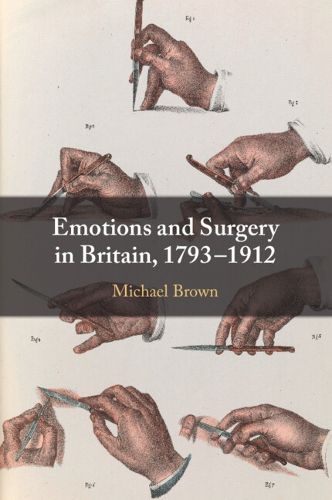Readings Newsletter
Become a Readings Member to make your shopping experience even easier.
Sign in or sign up for free!
You’re not far away from qualifying for FREE standard shipping within Australia
You’ve qualified for FREE standard shipping within Australia
The cart is loading…






In this innovative analytical account of the place of emotion and embodiment in nineteenth-century British surgery, Michael Brown examines the changing emotional dynamics of surgical culture for both surgeons and patients from the pre-anaesthetic era through the introduction of anaesthesia and antisepsis techniques. Drawing on diverse archival and published sources, Brown explores how an emotional regime of Romantic sensibility, in which emotions played a central role in the practice and experience of surgery, was superseded by one of scientific modernity, in which the emotions of both patient and practitioner were increasingly marginalised. Demonstrating that the cultures of contemporary surgery and the emotional identities of its practitioners have their origins in the cultural and conceptual upheavals of the later nineteenth century, this book challenges us to question our perception of the pre-anaesthetic period as an era of bloody brutality and casual cruelty. This title is also available as open access.
$9.00 standard shipping within Australia
FREE standard shipping within Australia for orders over $100.00
Express & International shipping calculated at checkout
In this innovative analytical account of the place of emotion and embodiment in nineteenth-century British surgery, Michael Brown examines the changing emotional dynamics of surgical culture for both surgeons and patients from the pre-anaesthetic era through the introduction of anaesthesia and antisepsis techniques. Drawing on diverse archival and published sources, Brown explores how an emotional regime of Romantic sensibility, in which emotions played a central role in the practice and experience of surgery, was superseded by one of scientific modernity, in which the emotions of both patient and practitioner were increasingly marginalised. Demonstrating that the cultures of contemporary surgery and the emotional identities of its practitioners have their origins in the cultural and conceptual upheavals of the later nineteenth century, this book challenges us to question our perception of the pre-anaesthetic period as an era of bloody brutality and casual cruelty. This title is also available as open access.